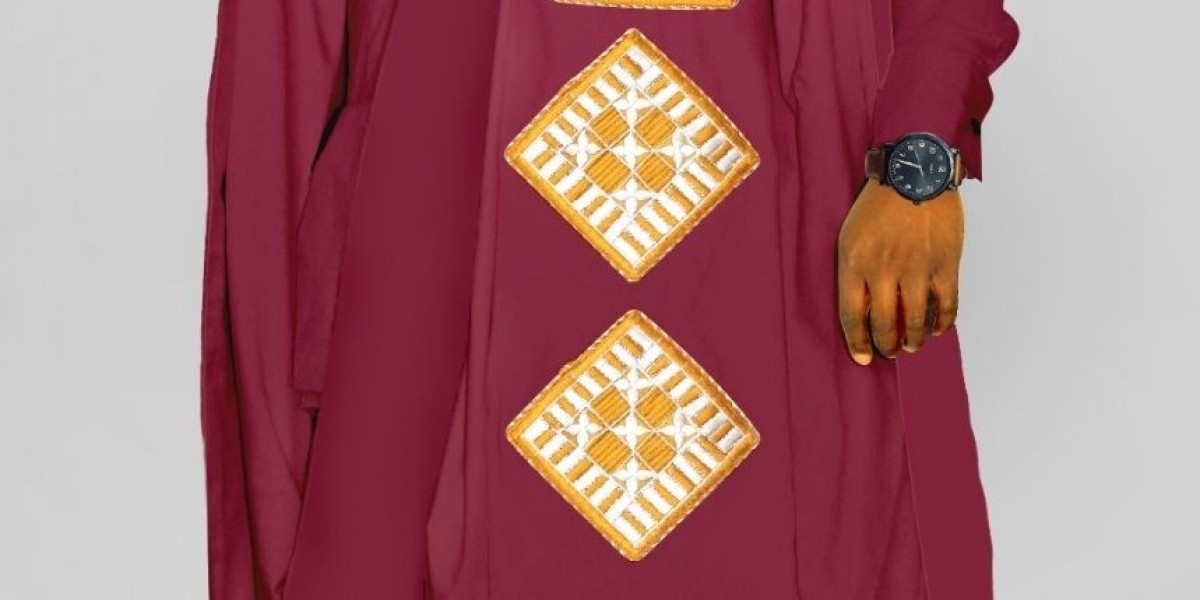An african clothes is more than just fabric and fashion; it is a rich tapestry woven with history, culture, and deep-rooted traditions. Every pattern, color, and style in African attire carries a message, often reflecting the wearer's identity, status, and the community they represent. Whether it's the intricate patterns of Kente, the bold designs of Ankara, or the graceful drapery of the Kaftan, African clothing holds a unique place in the global fashion landscape.
A Journey Through History
The history of African clothing dates back centuries, with each region and ethnic group developing distinct styles influenced by local customs, climate, and available resources. For instance, the Maasai people of Kenya and Tanzania are known for their red shuka cloths, while the Yoruba of Nigeria are famous for their intricate Aso-Oke weaves. Traditional garments were often handcrafted, made from locally sourced materials such as cotton, bark cloth, and animal hides.
Colonialism and globalization introduced new textiles and methods, but many African communities retained their traditional ways of clothing production. Today, African designers blend these rich heritages with modern techniques to create clothing that honors the past while appealing to contemporary tastes.
Symbolism and Meaning
In Africa, clothing is rarely just for adornment; it is a form of non-verbal communication. Colors and patterns often have symbolic meanings. For example, in many West African cultures, the color red signifies political and spiritual moods, while green represents life and prosperity. Patterns can tell stories, represent ethnic groups, or mark significant life events such as birth, marriage, or death.
One of the most recognizable African textiles is Kente cloth from Ghana. Kente is characterized by its bright colors and geometric patterns, and it is traditionally worn during significant ceremonies and events. Each design carries a name and meaning, reflecting philosophical, historical, and religious significance.
Another popular fabric is Ankara, which is widely worn across West Africa. Known for its bold, colorful patterns, Ankara is versatile and can be used for everyday wear, special occasions, or even high fashion. It has gained international attention, with many designers worldwide incorporating it into their collections.
Traditional vs. Contemporary Fashion
While traditional African clothing remains popular, there has been a surge in contemporary African fashion that combines elements of both modern and traditional designs. African designers are gaining global recognition for their ability to incorporate bold patterns and intricate detailing with modern silhouettes. This blend has created a unique Afrocentric fashion movement, which appeals to both Africans and the global community.
African fashion weeks in cities like Lagos, Johannesburg, and Dakar showcase a blend of tradition and modernity. Designers like Ozwald Boateng, Lisa Folawiyo, and Imane Ayissi have put African fashion on the global stage, proving that African attire is not just ceremonial but a part of global high fashion.
The Cultural Significance Today
Today, African clothing plays a significant role in expressing cultural pride and identity. In many African countries, people wear traditional attire during cultural festivals, weddings, and important events to showcase their heritage. Even in the African diaspora, wearing traditional garments has become a powerful statement of cultural solidarity and pride.
With the rise of movements that promote "buying African," many people are returning to their roots, choosing to wear clothing made by African artisans and designers. This shift not only boosts the African fashion industry but also empowers local economies and fosters a sense of community and cultural continuity.
Conclusion
An african attire is a vibrant expression of history, culture, and identity. Whether traditional or contemporary, each piece tells a story, reflecting the rich heritage and diversity of the African continent. As African fashion continues to evolve, it maintains its deep connection to the past while embracing the future, making it an enduring symbol of pride for generations to come.








